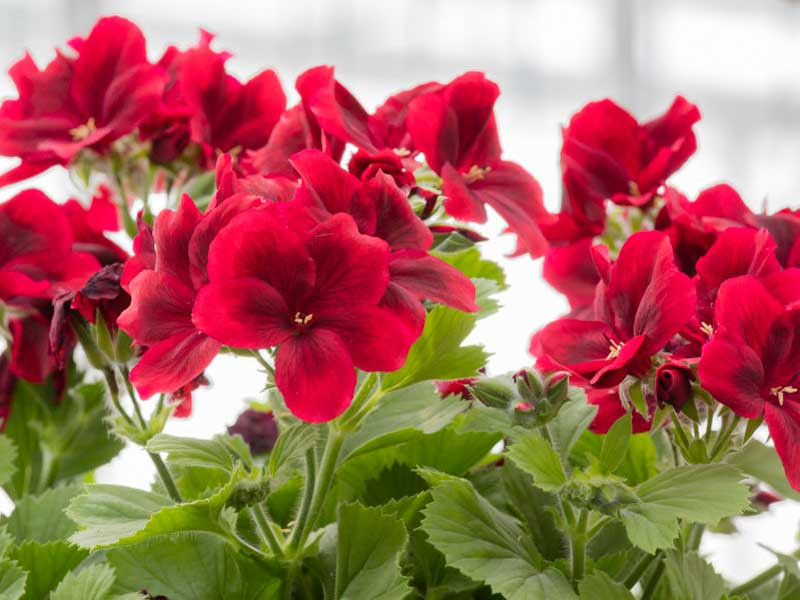Pelargonium (Geranium) - Expert Tips for Gardening Success
Pelargoniums, commonly known as geraniums, are a staple in many gardens due to their vibrant flowers and hardiness. Here are some expert tips to ensure your Pelargoniums thrive:
- Soil Conditions: Pelargoniums prefer well-drained soil. If your garden has clayey or sandy soil, improve its structure by adding organic matter.
- Sunlight: Most Pelargoniums enjoy full sun, but some species tolerate partial shade. Ensure at least 6 hours of direct sunlight for optimal blooming.
- Watering: Overwatering is a common mistake. Water only when the soil is dry to the touch. Drought-tolerant species need even less water.
- Fertilizing: Use a balanced liquid fertilizer every 2-3 weeks during the growing season. Over-fertilizing can lead to leafy growth and fewer blooms.
- Pruning: Deadhead spent flowers regularly to encourage new blooms. Trim back overgrown branches to maintain shape, ideally in late winter or early spring.
- Pest and Disease Management: Keep an eye out for common problems like aphids and fungal diseases. Use insecticidal soap for pests and fungicides for diseases, but always read the label carefully before application.
- Potting: If you’re growing Pelargoniums in containers, ensure adequate drainage and consider adding a layer of gravel at the bottom of the pot. Use a high-quality potting mix for better water retention.
- Overwintering: If you live in a colder zone, bring potted Pelargoniums indoors before the first frost. Keep them in a cool, well-lit room and reduce watering.
- Propagation: Stem cuttings are the most effective way to propagate Pelargoniums. Take 4-inch (10 cm) cuttings in late summer for the best results.
By following these tips, you’re well on your way to growing vibrant and healthy Pelargoniums.

